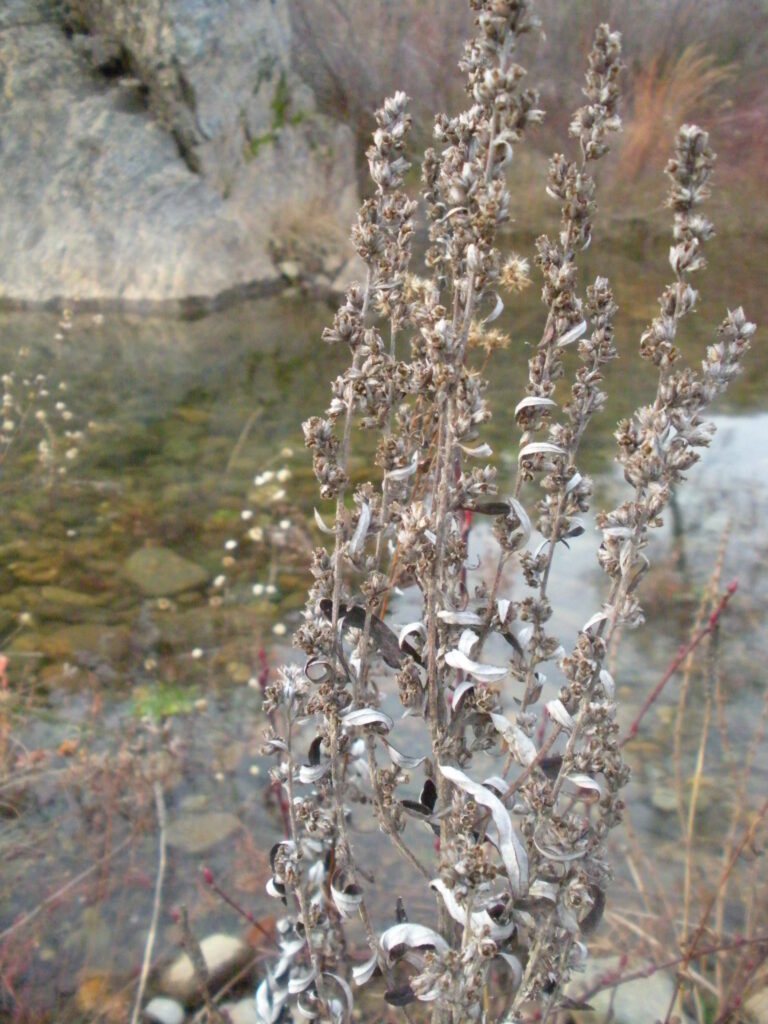Outdoor Hour Challenge
Spring Series #4 Dandelions
Inside Preparation Work:
Read in the Handbook of Nature Study about dandelions on pages 531-535. After reading the suggestions on pages 543 and 535, choose several ideas from the lesson to complete during your Outdoor Hour Time.
Outdoor Hour Time:
Spend 15 minutes outdoors this week in your own backyard or a near-by park. As you walk along, keep your eyes out for dandelions.
- See if you can find several dandelions in various stages of growth.
- Look at the leaves and collect a few for sketching later in your nature journal.
- If it is growing in your own yard, you might like to dig up the complete dandelion plant and observe the roots.
- Measure the height of several different dandelion plants and compare them.
- Examine an unopened dandelion flower.
- Watch a bee working in a dandelion.
- Observe the seeds and how they are dispersed.
- Observe your dandelions on a sunny day and then on a cloudy day. Note any differences.
Follow-Up Activities:
Take some time to draw the dandelion in your nature journal or complete the notebook page from the Spring Series ebook. Make sure to record your observations of the dandelion and make a sketch of the leaf and flower. If you would like to see our sample study of a dandelion in our backyard, here is the LINK.
Composite Flowers-Supplement to the Study of a Dandelion
The dandelion is a composite flower and the Handbook of Nature Study has a section to explain just what that means.
“Many plants have their flowers set close together and thus make a mass of color, like the geraniums or the clovers. But there are other plants where there are different kinds of flowers in one head, those at the center doing a certain kind of work for the production of seed, and those around the edges, doing another kind of work. The sunflower, goldenrod, asters, daisies, coneflower, thistle, dandelion, burdock, everlasting, and many other common flowers have their blossoms arranged in this way.” Handbook of Nature Study, page 503
- Observe your dandelion, perhaps with a magnifying lens, to see if you can observe the parts of a composite flower:
- Look at the center of the flower for the disc flowers and around the edges for ray flowers. (illustrated in the diagram on page 575)
- Examine the disc flowers in the center and see if they are open or unfolded. How many ray flowers are there?
- Locate the bracts (green cover of the flower before it opens). Can you see the bracts on the back of the flower?
- More ideas for studying a composite flower are found on page 503 in Lesson 131. Note: This lesson will be Lesson 135 in the older edition and in the Plants and Trees pdf it is on page 68.
If you would like all the Spring Series Challenges in one book, I have an ebook gathered for you to purchase for your convenience. The ebook also contains art and music appreciation plans for the winter months as well. Please see this entry for more details:
Spring Nature Study with Art and Music Appreciation






























